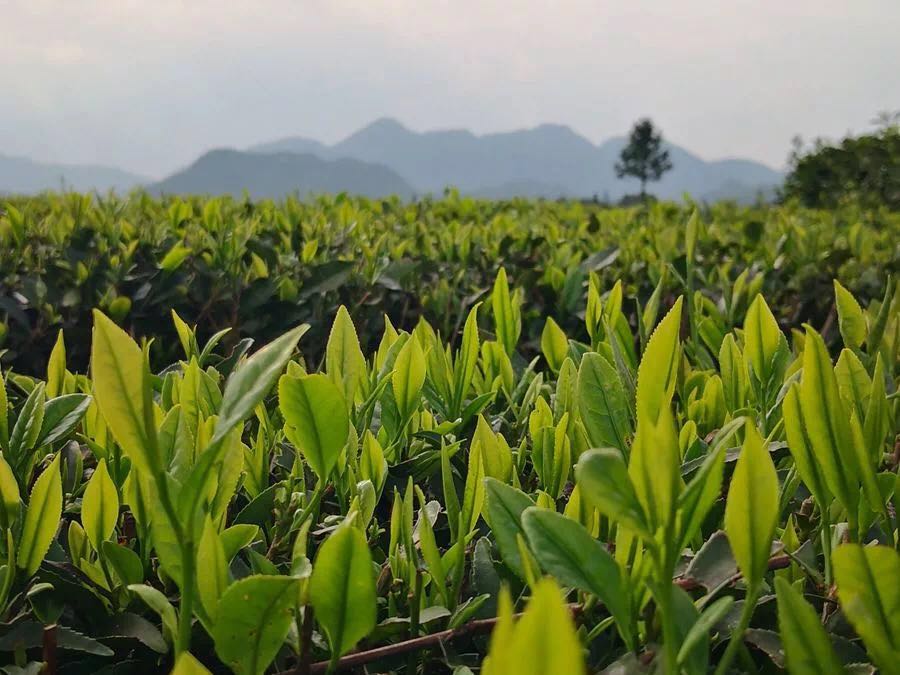
Tea currently represents the world’s second most popular beverage after water. It is prepared by pouring hot or boiling water over cured tea leaves. At present, there are about 50 countries and regions where tea is grown, and more than 160 countries and regions have tea drinking habits. Approximately 3 billion people around the world consume tea.
Global tea consumption and production are projected to keep rising over the next decade, driven by robust demand in developing and emerging countries. This will create new rural income opportunities and improve food security in tea-producing countries, according to a new report released today.
Tea consumption has grown particularly rapidly in China, India and other emerging economies, driven by a combination of higher incomes and efforts to diversify production to include speciality items such as herbal teas, fruit fusions and flavoured gourmet teas.
The report, which was discussed by the FAO Intergovernmental Group (IGG) on Tea, at its biennial meeting in Hangzhou, China, suggests that tea consumption has also benefited from increased awareness about the beverage's anti-inflammatory, antioxidant and weight loss effects. Such health and well-being benefits are seen as the key drivers of future consumption growth.

Tea production set to increase
World production of black tea is projected to rise annually by 2.2 percent over the next decade to reach 4.4 million tonnes in 2027, reflecting major output increases in China, Kenya and Sri Lanka - with this China would reach the output levels of Kenya, the largest black tea exporter in the world.
Global output of green tea is foreseen to increase at an even faster rate of 7.5 percent annually to reach 3.6 million tonnes in 2027, largely driven by China, where the production of green tea is expected to more than double from 1.5 million tonnes in 2015-2017 to 3.3 million tonnes in 2027.
Trendy product for young people
Global demand for tea is also benefiting from a new clientele. Young urban consumers in large producing countries like China and India have emerged as the fastest growing segment, eager not only to pay a premium for specialty teas but also curious to know more about the product they consume - its quality, origin and contribution to sustainable development.
Young, upper-middle class consumers are looking for fashionable products to be integrated into their lifestyles, which now also includes gourmet quality tea, and consuming them in the sophisticated environments of specialty tea shops and exclusive restaurants, hotels and cafes.

Promoting health benefits to boost demand
While world tea consumption has increased over the last decade, traditional importing European countries, with the exception of Germany, have seen a decline in consumption levels. Overall, the European tea market is largely saturated. Per capita consumption has been declining for more than a decade, facing competition from other beverages, particularly bottled water.
Over the next decade, Western countries in general are expected to see lower consumption growth. In the UK, for instance, tea consumption is projected to decrease as black tea struggles to maintain consumers' interest amid increased competition from other beverages, including coffee.
The report argues that the decline in tea consumption in the traditional European markets could be stalled or even reversed by diversifying into other segments, such as organic and specialty teas, and by promoting their health and well-being benefits.
The strategy of promoting the health benefits of tea has also proved effective for other markets. For example, loose-leaf tea is seeing new growth in the United States, not least as a result of increased public health consciousness.